drum kit
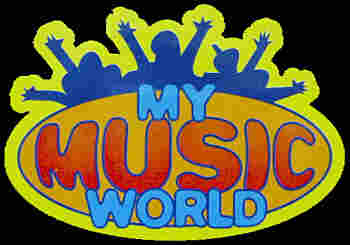
| Simba
drum kit |
 |
electronic toy drum kit with lo-fi sample rhythms |
This is a trashy toy drum kit with 4 drumpads, base drum pedal(?), 4 preset rhythms and microphone. With some circuit bending you can add a realtime programmable rhythm pattern and changeable drumpad sound assignment (with 9 sounds) to it.
The sounds of this Chinese plastic box are made from low resolution samples and there are only 4 OBS preset rhythm patterns with cheesy fixed- key accompaniment (chord voice can be toggled on/off by pressing their button twice). Despite it is nothing exceptionally great, this thing has an own style and the design a strange 1980th disco pop appeal. The main unit has 4 differently coloured internal plastic drumpads {snare, hissy reverse hihat?, tom, orchestra hit} but no pad for the base drum. Additionally there are 5 3.5mm (Walkman style) jacks for 4 external drumpads (those look like black plastic frisbees with a big sticker on top) and the base drum, that was likely just a pedal because it can only be triggered by connecting a button switch there, but not by plugging the given drumpads into this jack. The volume can not be set really loud, and at least with my specimen the volume control knob mainly reduces the bass amount and thus makes the sound much thinner instead of quieter when turned halfway down, but this can be also used as a sound effect.
I don't know the original model name of this thing, because I only bought it in bad and incomplete condition on a flea market. The name "My Music World" also appears on other Simba sound toys (e.g. this keyboard), thus it is no model name. Originally everything was mounted on a very wacky stand made of flimsy black plastic pipes, but this bulky component was already so broken that I immediately stomped it into the next trashcan on that flea market because it would have only wasted space. Originally the main unit also had 2 black plastic brackets at the left and right side to hold it in the stand, but mine were cracked off, thus I unscrewed their broken plastic remains.
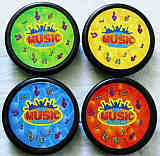 |
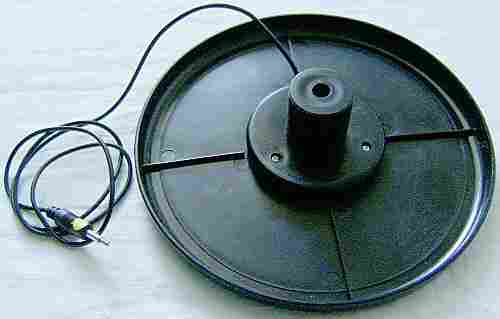
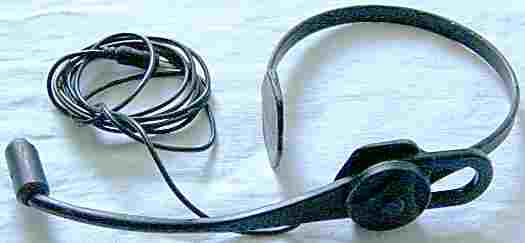 |
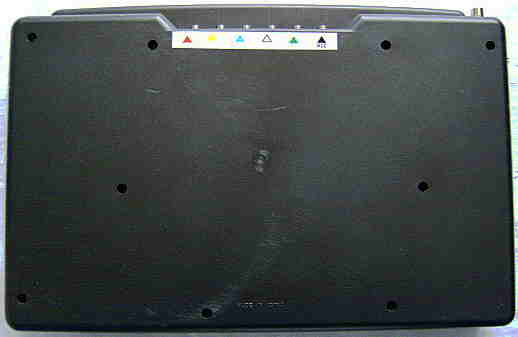 |
 |
As well the 4 OBS preset rhythms as the demo button had no names but were all simply labelled "drum solo"; only on the PCB I found very Engrish misspelled hints {wahfz, Saba, chacha, Funk} what the rhythms were intended to be. They are fairly unusual; e.g. the "waltz" contains a harsh record scratch noise, and the "samba" resembles more a fast American Indian drumming. Their accompaniments are fixed- key and thus badly usable for melody play, but at least their e-piano chord voice (not the bass) can be muted by pressing the OBS rhythm select button again. Pressing these buttons always immediately re- starts their pattern, which can be used for live play tricks. Nice is that the tempo can be adjusted from very slow to ridiculously high, but unfortunately only in 8 steps and any new rhythm button press resets the tempo to default.
The 4 drumpads {red, yellow, blue, green} are labelled on PCB {SUARE
DRUM, CHA AH, HIGHTOM, COW BELL}, But the "cow bell" is in fact an orchestra
hit (like overused in 1992th tekkno) and the "cha ah" seems to be a harsh
hissing reverse cymbal or downsampled hihat and resembles a hissing snake
or cat; when artificially pitched up, it sounds almost like a hihat. Unlike
the 4 other sounds, the base drum has no drumpad on the main unit and thus
can be only played though its external jack. (But through a modification
you can assign any of the 9 internal sounds to any drumpad.)
circuit bending detailsThe CPU "7 LH201 27A" of this instrument is a typical member of the My Music Center family and electronically behaves as usual. The 4 external drumpads apparently have each a small transistor circuit with discrete components on the main PCB to amplify their signals.
keyboard matrixThe input lines are active- high, i.e. react on +Vs (+4.5V on pin VDD), thus any functions are triggered by a button switch in series to a diode from one output to one input pin. The outputs are labelled on CPU module and PCB {PB0, PB1, PB2, PB4}, the inputs are {PA0, PA1, PA2, PA3, PA4, PA5, PA7}. The inputs {PA3, PA4, PA5, PA7} trigger the 4 drumpads and ignore to which output they are connected (work likely also with +Vs).
To record a pattern, press "record" and play your pattern on the drumpad;
press "record" again to finish it. The pattern will now repeat in a loop
(without accompaniment) and you can play to it on the drumpads and change
the tempo. But the pattern can not be stopped without deleting it, which
limits the use of this feature.
pitch controls & shitshotThe clock speed is controlled by the 33 kOhm resistor between CPU pin "X1" (clock input) and "VDD" (+4.5V). For a simple pitch control knob, remove the 33kOhm resistor. Connect a 22kOhm trimmer with its right end to "VDD", its wiper with the right end of your new 500 kOhm "pitch" potentiometer and the left end of the pitch potentiometer through a 22 kOhm resistor to GND. Connect the wiper of the pitch pot through a 1kOhm resistor with "X1" of the CPU. Now you can control the clock speed with the pitch potentiometer; adjust the trimmer that way that the CPU just crashes and stays mute when the right end of the pitch pot is reached. You can also add here a more complex pitch control assembly like I did with the Beat Square - Mix Evolution toy DJ console.The CPU behaves much like My Music Center; with pitch cranked down, the time slice DAC pulses become audible as strange tekkno bleep patterns. With pitch cranked almost fully up, the CPU crashes and makes a lot of shitshot nonsense including strange drum loops. Unusual is that here often a sound plays that sounds like a sample of finger whistling. I am not sure if this is a forgotten and unused sample in the ROM, or if the record scratch noise is made from it by a digital distortion algorithm. |
The demo (on 3rd "drum solo" button) is a sequence of multiple repeating
rhythm patterns with accompaniment, which includes also some patterns those
can not be started manually as rhythms. E.g. there is a nice march pattern
and a wicked disharmonic house groove in it. Unlike normal rhythms, the
"demo" can not be played to using the drumpads.
| removal of these screws voids warranty... | ||
 |
||
|
|